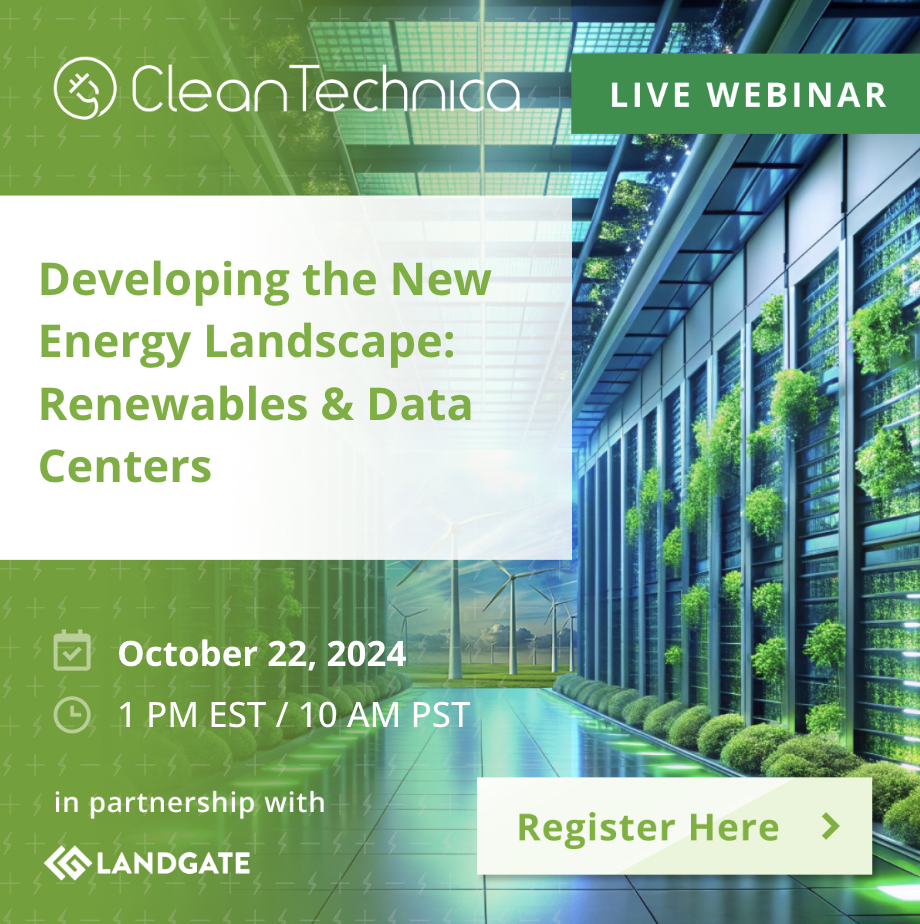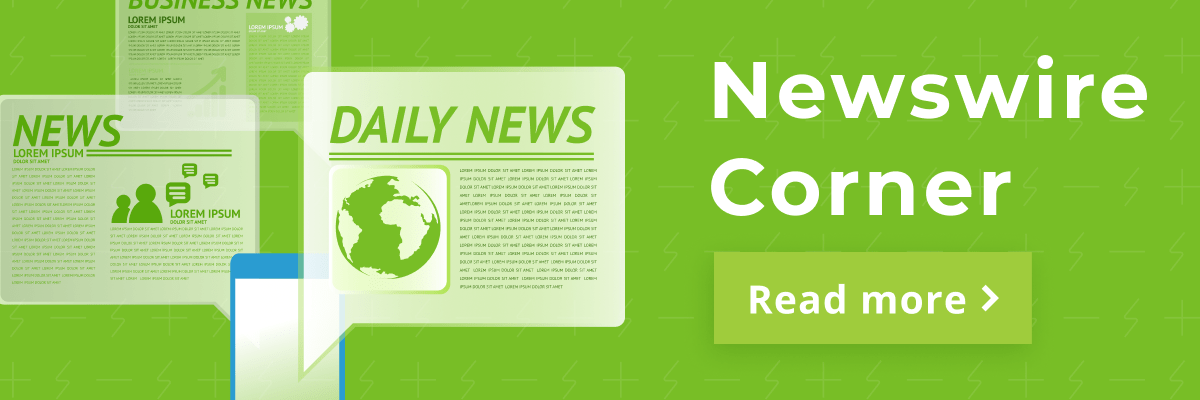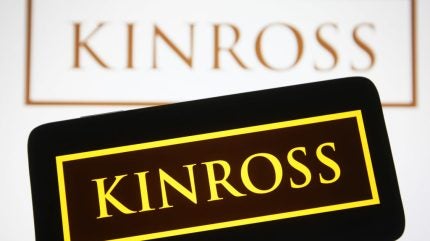Sign up for daily news updates from CleanTechnica on email. Or follow us on Google News!
Background 1: Tesla Nomenclature
Sometime ago, Tesla changed the nomenclature for its most advanced “Autopilot” software from Full Self Driving (Beta) to Full Self Driving (Supervised). Tesla borrowed the Autopilot terminology from aircraft use, but the software is far from full automation and is not true “Full Self Driving.” The “Supervised” terminology is supposed to make it clear that the human driver must constantly supervise the software and be prepared to intervene at any instant. The move from FSD V11 to V12 brought the Supervised nomenclature and a big improvement in the software. The software does let your car drive automatically much more like a smooth human driver and handles many more situations correctly.
I had been driving with V12.3 for several months, but I was eager for the upgrade because we had been hearing about drivers with the latest Tesla cars and computers using and touting the performance of V12.5. A few weeks ago, I was allowed to download and install V12.5. just before we began our annual “Westward Ho” fall cross-country trip from Northern Wisconsin to Northern Utah. We made a small detour through our original hometown of Madison, Wisconsin, so the total distance this year was 1601 miles. Thanks to readers who have used my referral code (https://ts.la/arthur73734), I got free Supercharging for the whole trip. (See instructions on how to get $1000 off of a new Tesla at the end of this article.)
Background 2: FSD Performance
Ideally Tesla would publish scientific statistical data on the performance of their FSD software. For example, they could give statistics telling how many miles you could drive using the software with no interventions. Such statistics would tell you if new versions of the software have actually improved performance. However, driving a car is potentially very dangerous and even an uncommon failure could cause a fatal accident. Tesla doesn’t give FSD performance data, so we are left with anecdotal evaluations like the one you will find below. When I use a drug, I want to know that it has been tested with a large double-blind study. I don’t want to use drugs that have only anecdotal evaluations. That’s why I refuse to use non-conventional medicine. Why will my anecdotal evaluation be useful to you? I’ve been driving with Tesla’s FSD now for over two years through its evolution over many versions and I’ve tracked its improvements and written several articles about it. I hope this article gives you useful information about FSD Supervised V12.5.4.
Background 3: I’m an Experienced Driver
I turned 84 recently and I calculated that I have driven almost 2 million miles since I got my license to drive at age 16. I’m old enough that in some European countries I can no longer rent a car and I’m not that many years away from the point where my kids will take away my keys. On the other hand, I am a strict teetotaler and haven’t had more than a couple slight sheet metal bends and tail light breakage over those many miles. I’ve had no accidents for the last 30 years and none in the 5 years I’ve had my Tesla or the last 2+ years with FSD.
A few months ago, I rented a car at Newark International Airport, drove through the Holland Tunnel to the Trade Tower Memorial on Manhattan, and continued across Manhattan to a wedding on Long Island. I’ve driven through all 50 US states, and 35 foreign countries. I’ve driven on the left side on the narrow roads of England, Australia, New Zealand, Fiji, and South Africa. I once drove the 873 miles from Johannesburg to Cape Town in South Africa. I was the main driver for our family for a number of months in the Western Suburbs, Central Business District, and Harbour Tunnel of Sydney, Australia. We even owned a car in “Centre Ville” Paris, France, and I drove there for 6 months. However, non-locals don’t drive in some places that I visited, like Bangkok, Tokyo, and New Delhi, because of the horrible traffic and the fact that you often can’t even read the road signs.
Background 4: How to Lose Access to FSD
Tesla’s Autopilot has 3 levels: L1 — where you only get Traffic Aware Cruise Control; L2 — where you get Traffic Aware Cruise Control and Steering Assist; and L3 — where you get “full” FSD Supervised.
Whichever of these you have, Tesla monitors your driving by insisting that you apply slight torque to the steering wheel every once in a while. It also observes your face with a camera just above the mirror. If you look at the control screen to your right, look at your phone, close your eyes too long, or fail to tug at the steering wheel, you get a flashing blue signal on the screen. If you continue to misbehave, you get an audible signal. If you go on misbehaving, a big pink steering wheel flashes on the screen and you get what’s called a forced disengagement. At that point, all Autopilot functions are suspended until you stop your car and put it in park — then Autopilot functions are restored.
However, if you have 5 forced disengagements, you can no longer access L2 or L3 for approximately 7 days. For local driving, I can go months without a forced disengagement. However, on long trips, forced disengagements are bound to happen to me in spite of my constant attention to the road. On this cross-country trip, I thought I could avoid forced disengagements by driving at L2. Not true! I found that you can get a forced disengagement even when using L2. If there is an upside, I was reacquainted with the features (and lack thereof) of L1 and L2. Also, I found that with L2, you can set speeds above the speed limit and have the car actually hold those speeds. (Not true with L3.)
What’s Good about FSD Supervised V12.5.4?
For a complete summary of the good features of V12.3, which apply mostly also for V12.5, see my article from a few weeks ago.
Since the camera looking at your face is a much better way to observe your attention to the road than making you tug on the steering wheel, I’ve heard reports for some time that Tesla was going to remove that requirement. It appears that with V12.5 that is the case. However, you can’t wear sunglasses (until a future upgrade) and there has to be enough light in the cabin for the camera observation system to work.
For the first time on a freeway, FSD will reliably change lanes well ahead to pass a slow moving vehicle and promptly return to the right hand lane after passing!
I spent two days driving in busy downtown Madison, Wisconsin, with V12.5.4. There were several 4-lane streets. My car would smoothly go around cars that were parked in my lane. I was also surprised that it would go around cars that were stopped in the left-hand lane waiting to make a left turn. I seldom had to intervene on the busy streets downtown near the Capitol and the University of Wisconsin campus.
Where Does FSD Supervised Still Fail?
I mentioned previously that Autopilot won’t necessarily hold speeds above the speed limit at L3. You can set a speed, for example, of 5 mph or more over the speed limit, but with L3, it appears to be making a judgement about the maximum safe speed itself, which might only be the speed limit or a few mph over it. If you want to choose and hold a speed in excess of the speed limit, use L2.
I still got occasional phantom braking. There was a 25-mph gusty wind, but I don’t think there was any legitimate reason for the slight braking. I also got occasional slight phantom swerving. Again, I don’t think it was caused by the wind gusts. FSD is very steady in gusty wind conditions.
In the past, FSD has been superb about keeping your car smoothly right in the middle of the traffic lane. However, I observed times with V12.5 when it would drift to the right, especially when merging onto a freeway. It even hit the rumble strip on the shoulder of the road a few times.
V12.5.4 still won’t reliably get you out of a Walmart parking lot. I also noticed the return to the herky-jerky motion of the steering wheel at slow speeds that I observed with earlier versions of the software.
V12.5.4. still doesn’t recognize school zones! It may blast through at ~35 mph, resulting in a potential injury or at least a speeding ticket, instead of responding to the flashing lights and reducing your speed to 20 mph (or 15 mph in some places).
Referral Program: If you are buying a new Tesla, Tesla has reactivated its referral program. If you find any of my articles helpful to you, please use my referral link: https://ts.la/arthur73734 (be sure to use it when you make your order). If you are buying a new Tesla and use my link, I believe you’ll receive $1,000 off the purchase price of a Model S or X, or $500 off the price of a Model 3 or Y. You will also get 3 months of Full Self-Driving (Supervised). Just be prepared to intervene immediately if it screws up.

Have a tip for CleanTechnica? Want to advertise? Want to suggest a guest for our CleanTech Talk podcast? Contact us here.
Latest CleanTechnica.TV Videos
CleanTechnica uses affiliate links. See our policy here.
CleanTechnica’s Comment Policy





